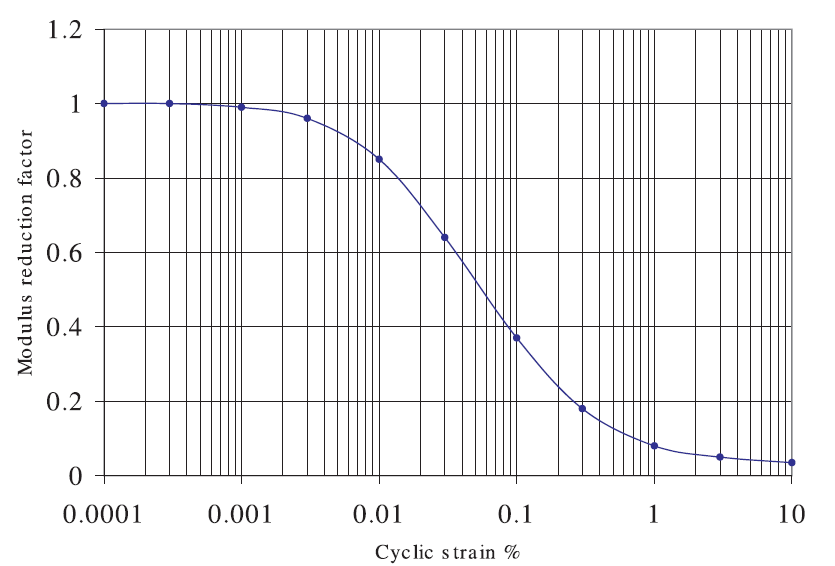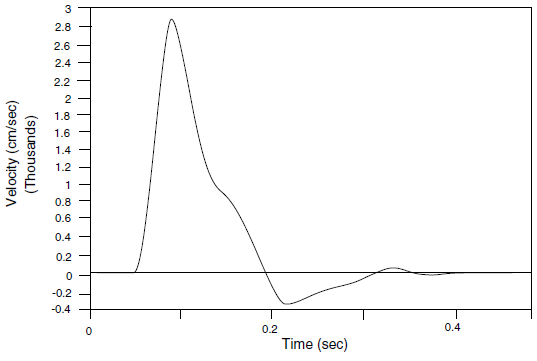


With increase in mining depth, the immense energy is concentred in the country rock, the country rock and the supporting system have to support not only the large crustal stress, but also the violent dynamic loading. Since the beginning of the twenty-first century, enormous energy consumption and high-intensity coal mining activities have caused the depletion of shallow coal resources, which induces the sharp increase in the depth of coal mining operations. According to the numerical and experimental results, the CRLD cable is proven reliable to support the deep roadway, at least shocked by the released energy corresponding to the 1st seismic magnitude. Furthermore, under the blasting, which releases the energy of the 1st seismic magnitude, the monitored axial forces of the cables are transmitted in real time using 5G-IoT, and the supporting effects of the two types of cables are compared. Firstly, a numerical study of the blasting testis is carried out, the CRLD cable element is proposed, based on the existing one of the FLAC3D software, and a static pullout test is simulated to verify the new element, the adapted impact loading is estimated and the dynamic calculation is performed. To verify the CRLD performance of the new cable and highlight its energy-absorbing capacity under impact loading, this paper designed an in situ blasting test in a discarded deep roadway, which is divided into four sections and reinforced by the traditional and CRLD cables, respectively. Traditional supporting equipment are not satisfying in the absence of the energy-absorbing capacity, whereas the Constant-Resistance-Large-Deformation (CRLD) cable, which can endure a large deformation of 2 m and provide a constant resistance in the meantime, would be a reasonable choice. Reliable supporting effect is of utmost important for the deep mining roadway to prevent the hazards during deep mining activities.


 0 kommentar(er)
0 kommentar(er)
